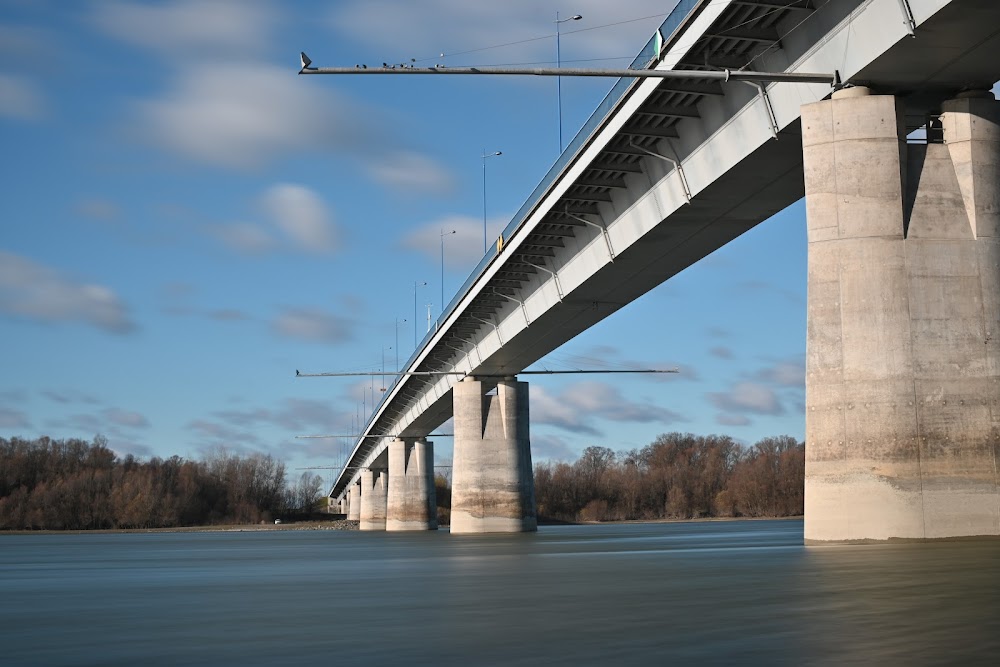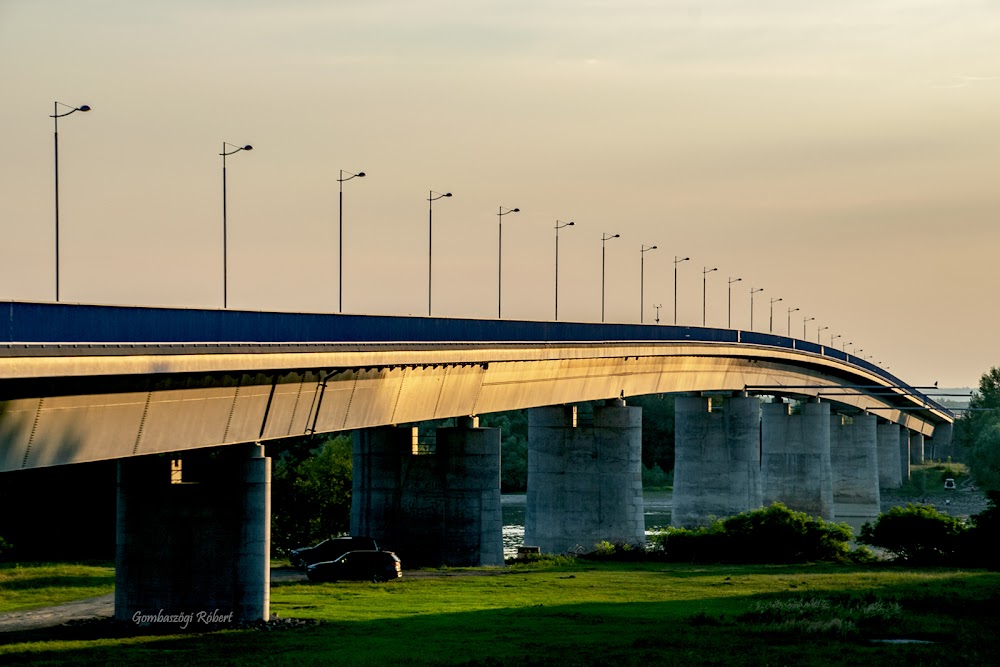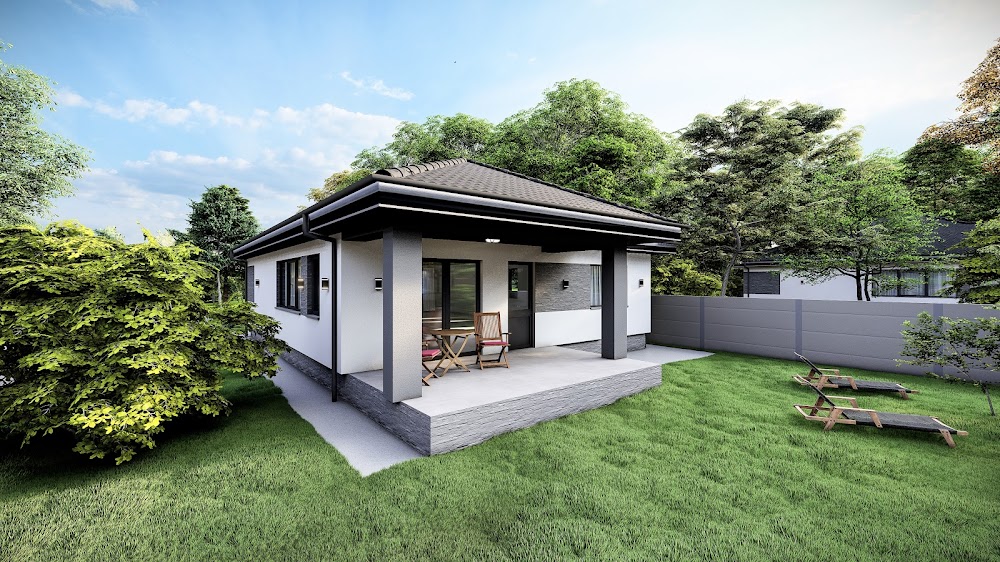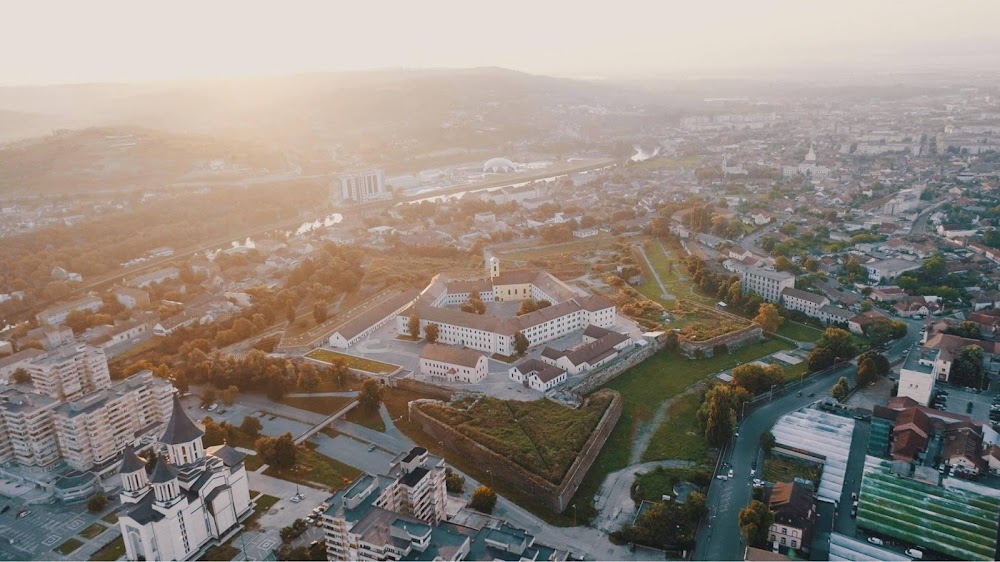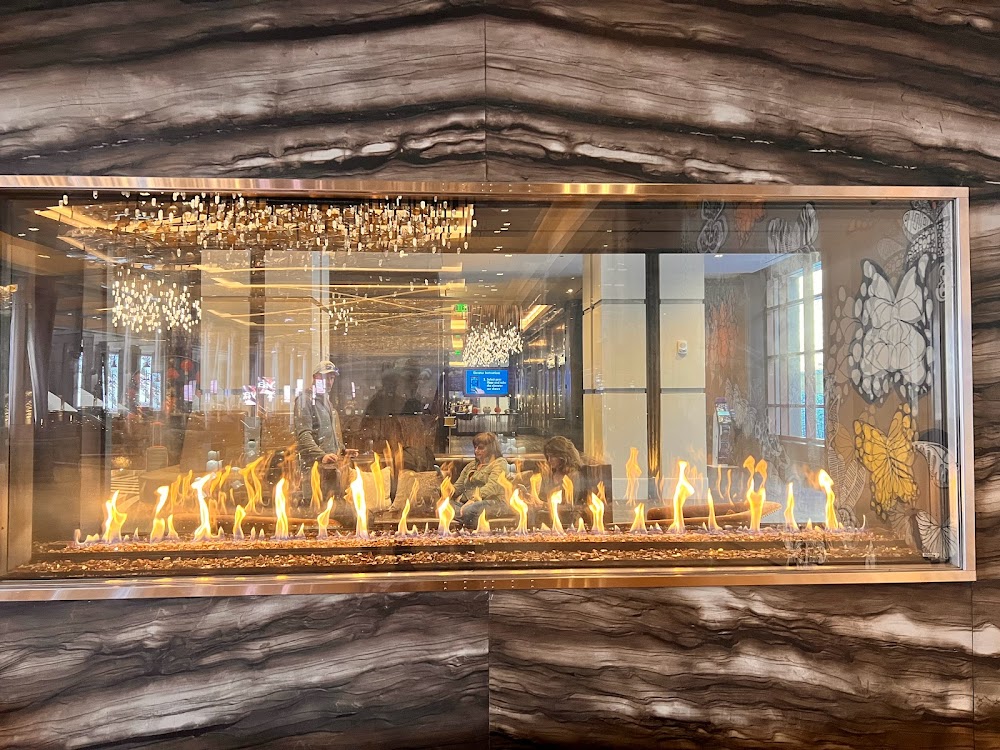Szent Laszlo Bridge (Podul Sfântul Ladislau)
Overview
Szent László Bridge: A Historical Landmark
Nestled in the heart of Bihor County, Romania, the Szent László Bridge is an elegant structure that gracefully spans the waters, serving as a vital link for both vehicles and pedestrians. Dedicated to Saint Ladislaus I of Hungary, this bridge stands as a powerful symbol of the rich historical and cultural tapestry woven from both Hungarian and Romanian influences in the region.
Engineering Marvel of the Early 20th Century
Originally constructed in the early 20th century, the Szent László Bridge was a product of an ambitious infrastructure initiative aimed at enhancing regional connectivity. Crafted from reinforced concrete and steel, the bridge showcases the engineering ingenuity of its time. Its design marries functionality with aesthetic charm, featuring decorative railings and artistic motifs that pay homage to the cultural significance of Saint Ladislaus.
Wartime Challenges and Restoration Efforts
The bridge faced significant adversity during the late 1940s, suffering substantial damage from intense wartime activities in the area. Understanding its importance to the community, local authorities launched extensive repair and restoration efforts. This comprehensive project not only reinforced the bridge's structure but also focused on preserving its historical appearance. Collaborating artisans and engineers worked diligently to maintain the bridge’s original design while enhancing its durability for future generations.
Modernization for the 21st Century
As the decades progressed, Szent László Bridge continued to serve its community, but by the early 21st century, the need for modernization became evident. Increasing traffic volume and natural wear and tear prompted a comprehensive renovation initiative. In 2012, a major reconstruction project commenced, aimed at meeting contemporary standards while respecting the bridge's historical character.
Collaborative Renovation and Sustainable Practices
This renovation project was a collaborative effort involving local government, historical preservation societies, and engineering experts. Advanced materials, such as high-performance concrete and corrosion-resistant steel, were utilized to bolster the bridge's structural integrity. Modern engineering techniques were employed to ensure the bridge could withstand contemporary traffic demands and environmental challenges, all while preserving its cultural legacy.
An intriguing aspect of the renovation was the commitment to sustainability. Environmental assessments were conducted to minimize the ecological footprint during construction. Protective measures were taken to safeguard local flora and fauna, ensuring that the waterways beneath the bridge remained unpolluted. This approach reflects a dedication to both conservation and progress.
A Celebration of Community and Heritage
The restored Szent László Bridge was rededicated to the public in a festive ceremony, drawing local residents, dignitaries, and historians alike. Equipped with modern lighting, enhanced safety features, and pedestrian pathways, the bridge now stands as a symbol of resilience and unity in the community.
A Cultural and Historical Icon
Today, Szent László Bridge is more than just a transportation route; it serves as a cultural and historical icon. Visitors and locals alike stroll across its span, admiring the harmonious blend of old-world charm and modern engineering. The bridge not only connects communities but also fosters economic activities and serves as a reminder of the historical narratives that shape the region.
A Testament to Adaptation and Perseverance
The story of the Szent László Bridge is one of adaptation and perseverance, reflecting the broader history of Bihor County and Romania. Through wars, repairs, and modernization, this beloved bridge remains a steadfast feature of the landscape, bridging not just physical spaces, but also the eras and cultures that define this vibrant region.


